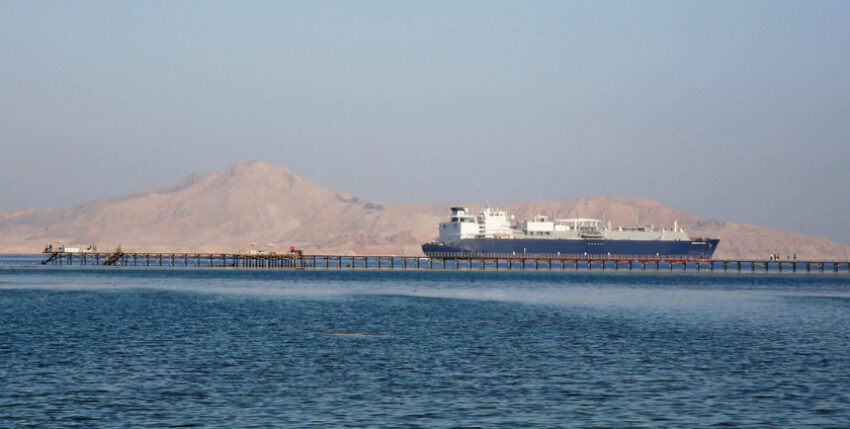The straits of the Red Sea are of strategic importance
Remote-controlled cameras will be used by the US-led peacekeeping forces to ensure that international shipping retains free access to the Gulf of Aqaba, whose coast is shared by Israel and three Arab states. The island of Tiran, which lies in the strait of the same name at the mouth of the Gulf, was handed over to Saudi Arabia by Egypt in 2017 along with the neighbouring island of Sanafir.
During a visit to Israel and Saudi Arabia last week, US President Joe Biden announced that the small contingent of Multinational Force and Observers (MFO) in Tiran would be withdrawn. The MFO monitors a US-brokered peace agreement between Egypt and Israel from 1979, under which peacekeeping troops were stationed in the demilitarised Sinai and - to ensure free movement in and out of the Gulf of Aqaba - on Tiran.
The Strait of Tiran has a chequered history: Egypt blocked it in May 1967, triggering its war with Israel the following month, among other things. In 1973, the two countries fought another war in the Sinai. Any relocation of the MFO from the island requires the agreement of Egypt, the USA and Israel. It has not yet been announced when the contingent will leave and what might come after that.
According to Washington, the cameras will be installed at the contingent's existing facilities, leaving open the possibility that both Sharm el-Sheikh and Tiran could be possible locations.
Source: Thomson Reuters, Schuler, Williams










